-
Your shopping cart is empty!
How To Ensure Quality When Buying Medication online
This post will offer advice on how to be sure you're getting a high-quality inte..
Continue ReadingThis post will offer advice on how to be sure you're getting a high-quality inte..
Continue Reading Imran Patel
Imran Patel
Online pharmacies help you save money in two ways: first, by offering you the sa..
Continue Reading Imran Patel
Imran Patel
This post offers advice on how to use internet pharmacies to get prescription dr..
Continue Reading Imran Patel
Imran Patel
Typically, generic medications are offered for far less money than their name-br..
Continue Reading Imran Patel
Imran Patel
Your shopping cart is empty!
This post will offer advice on how to be sure you're getting a high-quality inte..
Continue Reading Imran Patel
Imran Patel
Online pharmacies help you save money in two ways: first, by offering you the sa..
Continue Reading Imran Patel
Imran Patel
This post offers advice on how to use internet pharmacies to get prescription dr..
Continue Reading Imran Patel
Imran Patel
Typically, generic medications are offered for far less money than their name-br..
Continue Reading Imran Patel
Imran Patel

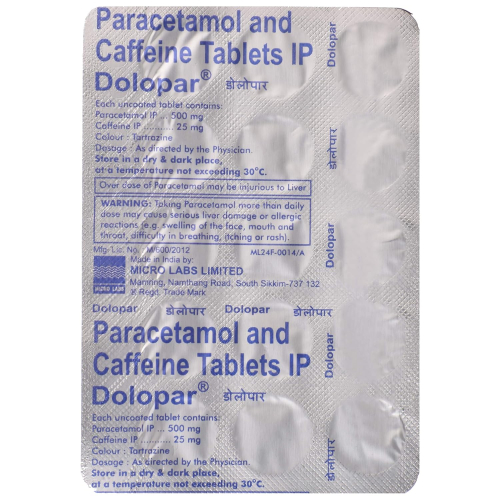
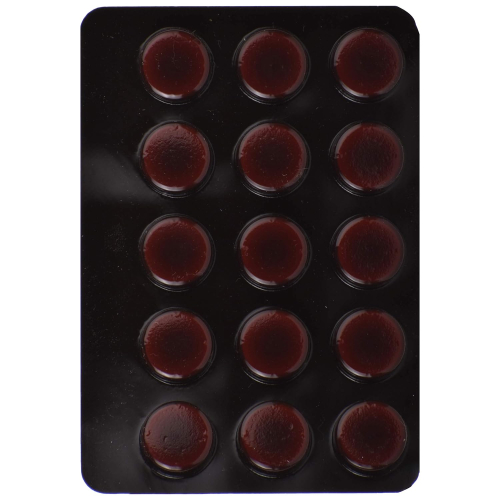
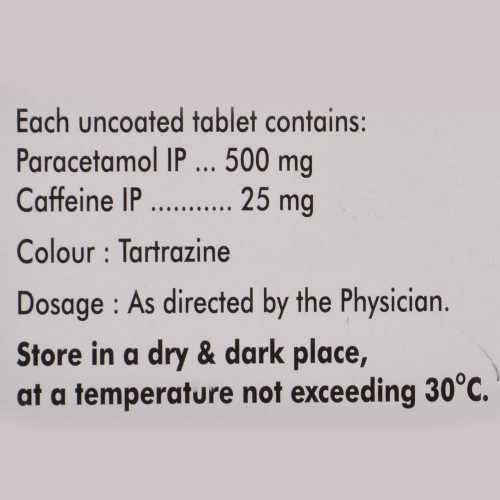
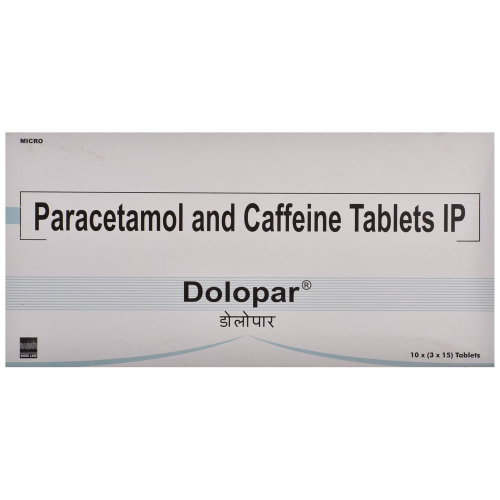
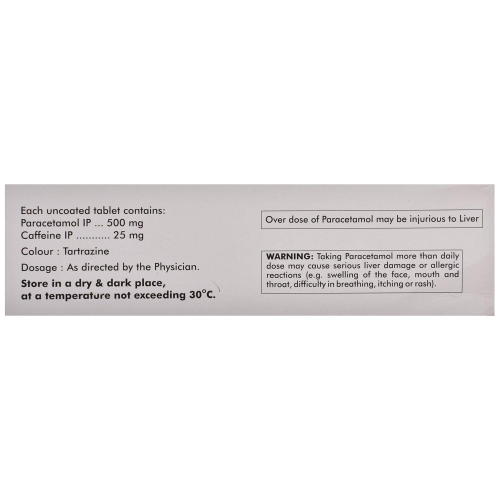








0 reviews / Write a review
Dolopar is a combination analgesic tablet used to relieve moderate to severe pain and reduce inflammation. It contains Paracetamol (500 mg), a well-known pain reliever and fever reducer, and Tramadol (50 mg), an opioid-like analgesic that helps in managing pain effectively.
Dolopar is typically prescribed for pain relief associated with conditions like headaches, muscular pain, dental pain, joint pain, and post-surgical pain. It may also be used to alleviate pain due to arthritis and injuries.
Prescription Required
Micro Lab Ltd
Dolopar combines Paracetamol and Tramadol to provide fast-acting and effective pain relief:
If you forget to take Dolopar, take it as soon as you remember. If it's almost time for your next dose, skip the missed dose and continue with your regular schedule. Do not take two doses at once to make up for a missed dose.
Can I take Dolopar for chronic pain?
Dolopar is primarily used for acute pain relief. For chronic pain, consult your doctor for long-term management strategies.
How often can I take Dolopar?
You should not exceed 4 tablets in a 24-hour period. Consult your doctor if you need to use it for more than a few days.
What are the signs of Tramadol overdose?
Signs of overdose may include slow breathing, drowsiness, nausea, and vomiting. Seek immediate medical attention if these occur.
Can Dolopar be taken with other medications?
Always check with your doctor before combining Dolopar with other medications, especially pain relievers or antidepressants.
The information provided here is for informational purposes only and should not replace the advice of a qualified healthcare professional. Please consult your doctor for any questions or concerns regarding your health condition. The information provided on www.ipmedicare.com is intended to support, not replace, the doctor-patient relationship. Always seek the advice of your physician or other qualified health provider with any questions you may have regarding a medical condition.